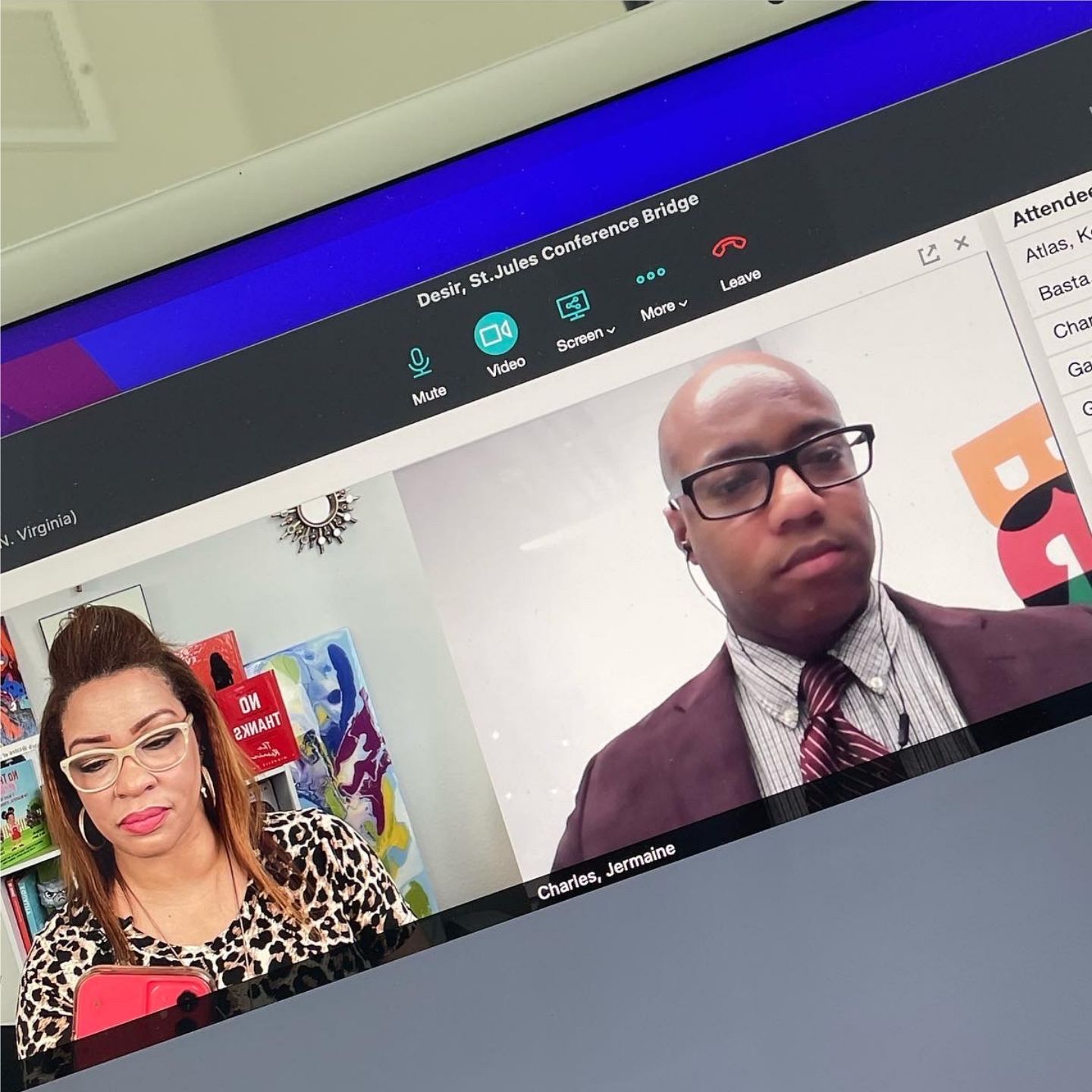Lose the nod. Gain authority.

How do you know if someone you are speaking to is listening?
I use to media train senior executive and C-Suite leaders to prepare them to go on national news and morning shows.
One thing that I noticed my women leaders did that my male leaders did not was nod their heads excessively throughout the interview. For television appearances, it was crucial that we addressed this and broke the habit, because there is always the chance that as video was edited for later consumption, these leaders could be caught nodding in response to an assertion or a question they actually didn’t agree with.
A mishap like that could cause whole markets to shift.
“Well, LMS, I’m not going on TV, ” you say.
First off, if you’re aiming for rockstar leadership, you will eventually.
Second—all of that nodding is not an indication of active listening. It’s something our society has engrained in women so that we look agreeable, less threatening to some, and it does not position us as the confident leaders that we are.
If you want to lead from a position of strength, try this body language instead to indicate that you’re tuned in and listening:
✅ Sit or stand with your shoulders level and slightly back.
✅ Leave your stance open, arms unfolded, natural and relaxed.
✅ Establish eye contact and hold it.
✅ Smile more with your eyes, less with your mouth.
✅ Use your words instead of your head to agree or disagree, but only when you’re asked a question that requires a yes or no answer.
This is what Jim would do. Why not you? In fact, be prepared that some will feel uncomfortable when you switch up your stance and body language, but also be ready for people to take you more seriously.
Check out this article from Forbes that explores more ways women leaders may be relinquishing their authoritative stance when communicating.




![[Inside Podcasting] Lists The Culture Soup Among the “Anything But Boring” Business Podcasts](https://www.lmichellesmith.com/wp-content/uploads/2018/10/0FDBD0AA-AAAD-4871-9EA8-F9065C179139.jpeg)





